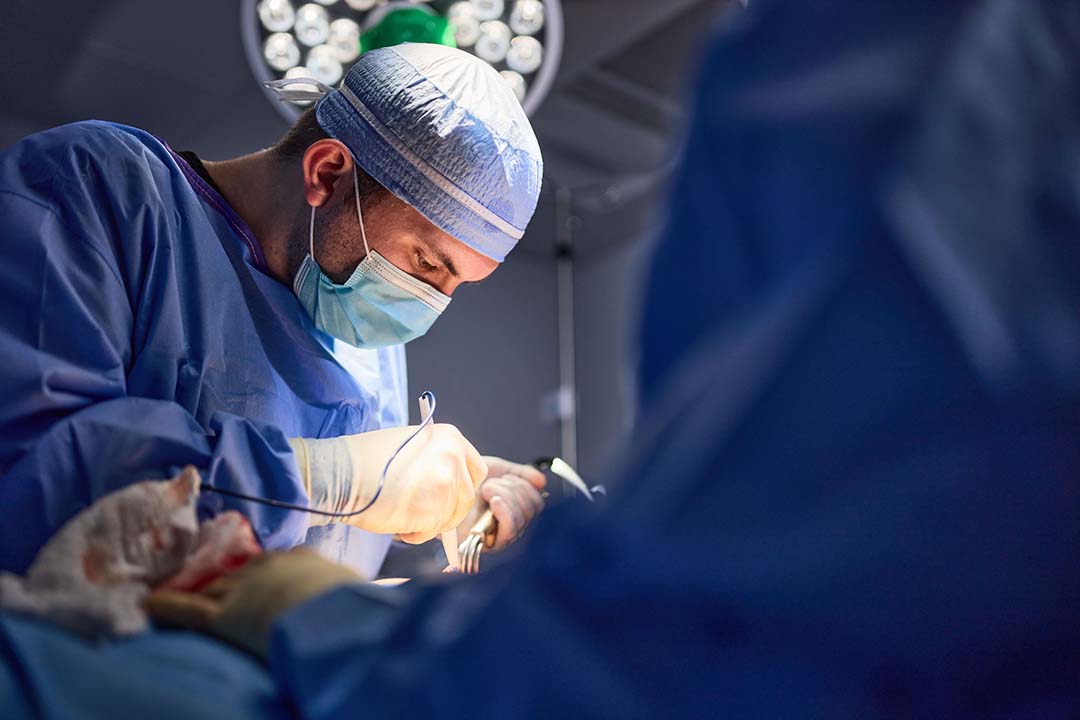It’s completely understandable to have some anxieties about facelift scars, especially right after the procedure. They’re a reminder of a big change, and even though you made the decision for yourself, it’s normal to feel a little self-conscious or vulnerable. Here are a few things to remember that might offer some comfort:
- Facial scars heal fast: Due to an amazing amount of blood flow in our facial skin and structures, facial scars tend to heal fast and smooth out faster.
- Scarring fades over time: Scars naturally lighten and soften over the course of a year. Scar-minimizing creams help to smooth and lighten them, while also protecting them from UV exposure.
- Focus on the positives: Remember why you pursued a facelift in the first place. Was it to boost your confidence? Feel more youthful? Look your best for a special occasion? Now that you’ve recovered, focus on the positive changes you see in yourself. The scars will lighten and fade but your radiance never will.
Factors That Affect Scar Placement
Depending on the type of facelift or neck lift you receive, there can be differences in scar placements. The goal of the surgeon is to attain optimal results while only leaving behind minimal incisions. Some factors that can affect the appearance of facelift scars:
- Skin type: People with thicker, oilier skin tend to scar more easily than those with thinner, drier skin.
- Age: Younger patients generally heal better and have less noticeable scars than older patients.
- Smoking: Smoking can impair wound healing and lead to more prominent scars.
- Sun exposure: Sun exposure can darken scars and make them more noticeable.
Facelift scars are typically located in discrete areas around the face and ears, where they can be easily concealed by hair or natural facial features. Here’s a breakdown of the common scar locations:
1. Ears
This is the most common facelift scar that you may have. Incisions are placed in front of the ear along the tragus and lobe. These scars are well-camouflaged by the natural folds of the ear itself.
2. Sideburns/hairline
For some facelift techniques, incisions may extend past the ear and into the sideburns for better access to deeper tissues. These scars are minimal and can be easily concealed within your hair.
3. Under the chin
For some neck lifts, a small incision is made under the chin to tighten the muscle structures there. This scar is usually 1-2 cm long and hidden beneath the jawline.
If you’re considering a facelift, it’s important to consult with a board-certified plastic surgeon to discuss your individual concerns and expectations. They can explain the different types of facelift techniques and show you before-and-after photos of patients with similar facial features. They can also discuss scar management strategies to help minimize the appearance of your scars as they heal. If you have additional questions, please feel free to fill out our contact form and a member of our team will reach out to answer all of your questions.

